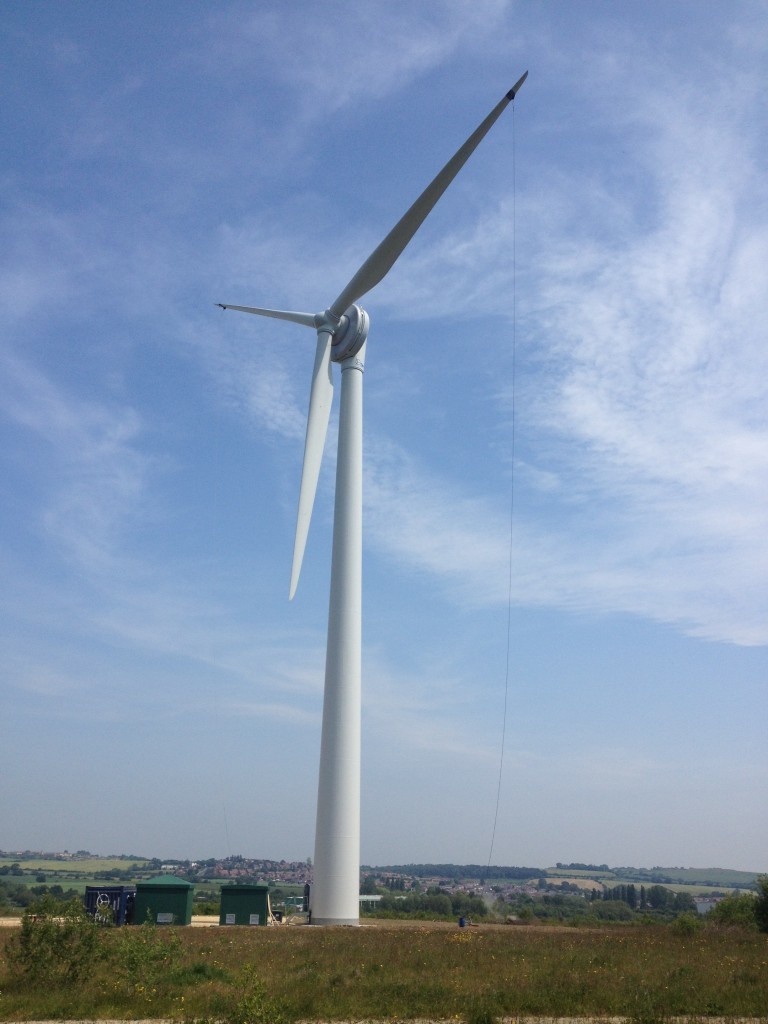
Renewables and gas are set to be the “winners” in meeting growing demand for energy in the next 25 years, the International Energy Agency (IEA) predicts.
In its annual “world energy outlook” report, the agency said that, with policies and commitments by countries to tackle climate change, growth in demand for oil would slow and coal expansion grind to a halt by 2040, even as energy demand rises 30%.
Consumption of natural gas would increase by 50% by 2040 under such a scenario, while nearly 60% of new power capacity would be renewables such as wind and solar, with the clean technologies becoming the largest source of electricity.
But the IEA said meeting the goals agreed by countries to limit temperature rises to 2C above pre-industrial levels would require a “step-change” in shifting to low carbon energy and boosting energy efficiency.
IEA executive director Fatih Birol said: “We see clear winners for the next 25 years – natural gas but especially wind and solar – replacing the champion of the previous 25 years, coal.
“But there is no single story about the future of global energy: in practice, government policies will determine where we go from we go from here”.
The IEA also warned that risks to energy security would evolve, with falls in investment levels for oil and gas and an increasing role for variable renewables.
Under the Paris Agreement, the world’s first comprehensive deal on tackling climate change, countries have committed to keep temperature rises to “well below” 2C and pursue efforts to limit them to 1.5C.
Meeting the temperature goals will require the world to achieve net zero emissions by the second half of the 21st century, and will need more action than the pledges already made by countries for cutting greenhouse gases under the agreement.
The IEA warned the pathway to 2C was “very tough”, requiring trillions of pounds of investment in the energy system to shift from fossil fuels towards renewables, nuclear power and technology which capture and store emissions underground.
And it said the transformation needed to meet the 1.5C goal was “stark”, requiring net zero emissions by between 2040 and 2060, and “employing every know technological, societal and regulatory decarbonisation option”.
The report is being published as countries meet in Morocco for the latest round of United Nations climate talks, which are focused on implementing the Paris Agreement.
The IEA’s assessment found that under a scenario giving the world a 50/50 chance of meeting the 2C target, coal use would fall by 2.6% a year, oil demand would drop back to 1990 levels by 2040 and natural gas would plateau by the 2030s.
Some £28 trillion will be needed for energy efficiency improvements, while 60% of electricity will come from renewables, half of which will be wind and solar, by 2040.
There will be 715 million electric cars on the road by 2040, up from 1.3 million last year, and a much higher level than under the scenario which includes policies already planned by countries – which would see 150 million electric cars on the road.
The IEA has been accused of being too conservative in its predictions on the shift to a low carbon energy system, consistently underestimating the growth of wind and solar power.
While it acknowledges this in the latest report, it says its stance is based on “officially declared policy intentions”.
Dr Birol also said: “Renewables make very large strides in coming decades, but their gains remain largely confined to to electricity generation.
“The next frontier for the renewable story is to expand their use in the industrial, building and transportation sectors where enormous potential for growth exists.”
Recommended for you
